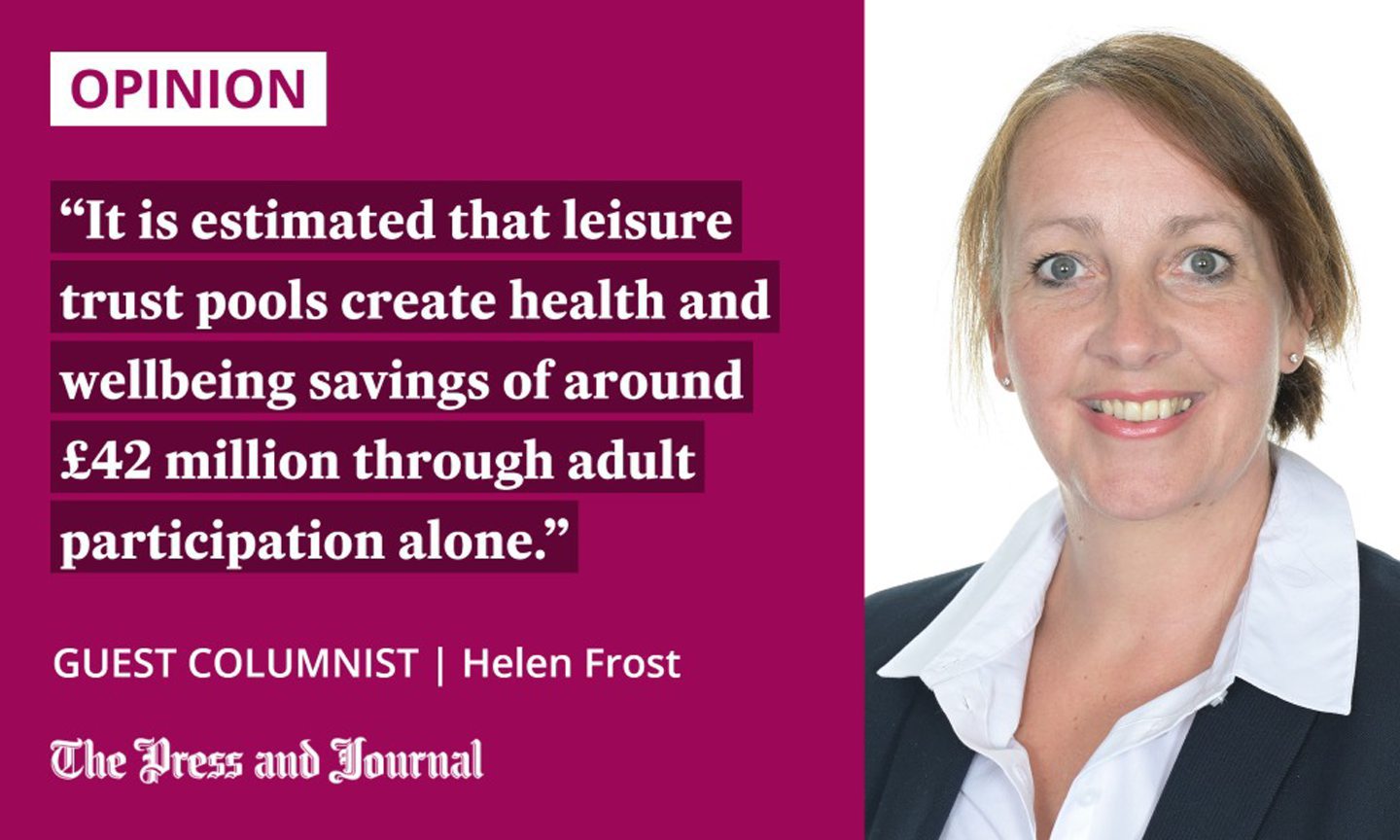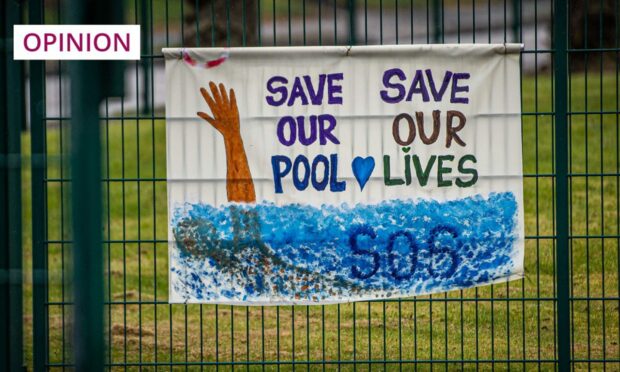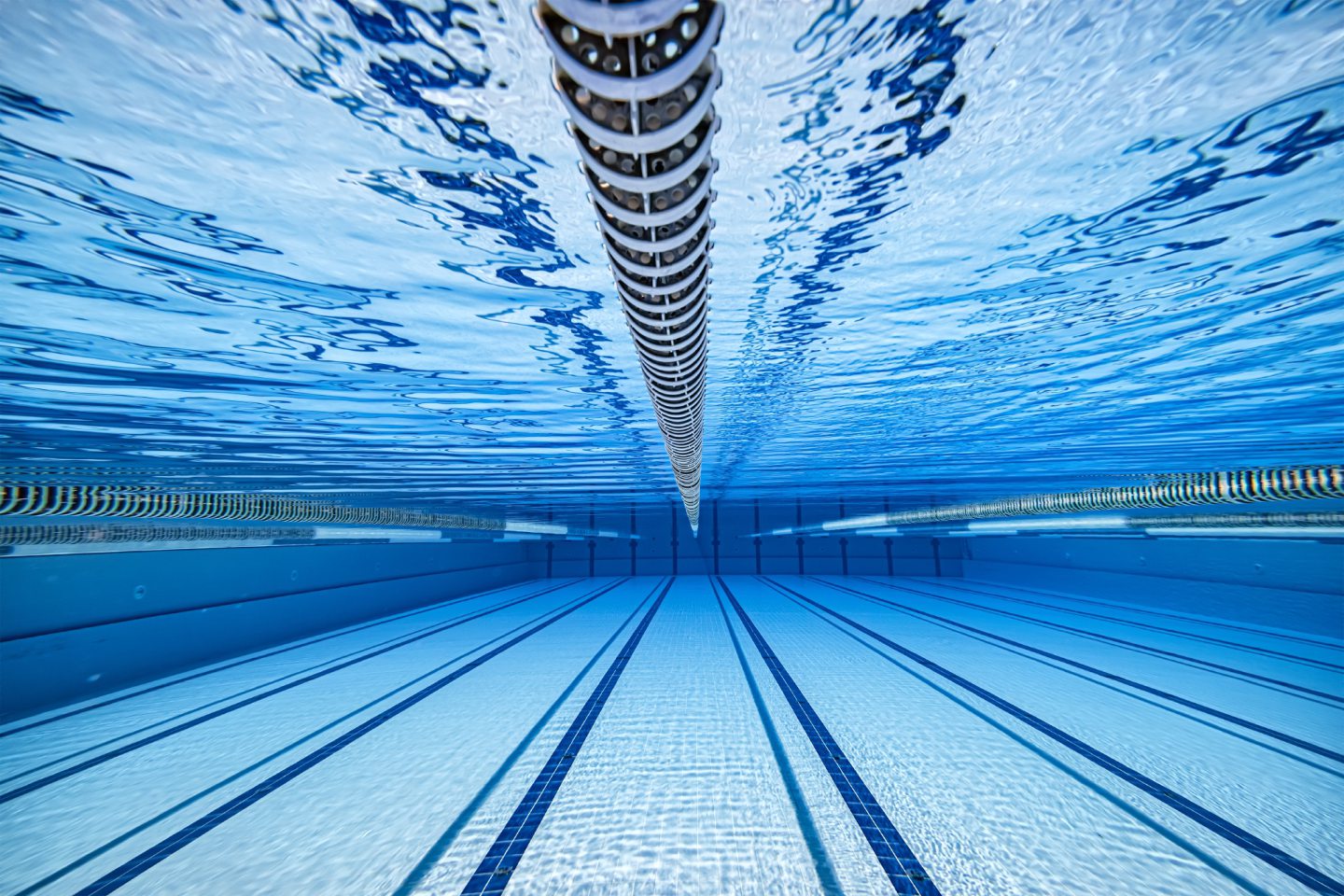With the school holidays upon us, water safety remains a key concern for Scotland’s population during the summer months.
Seven in 10 Scots like to be near water – either the sea or a loch – when on holiday, according to an opinion poll published earlier this year.
This is not hard to achieve in Scotland. Our unique geography has afforded us around 30,000 inland waters, and a coastline stretching 6,000 miles – more than twice that of England. Sadly, that same geography costs us more lives per head of population through accidental drownings than any other UK nation.
One accidental drowning is one too many. One drowning is estimated to cost around £1.7 million in resources, not to mention the personal tragedy and loss felt by families.
During last month’s Drowning Prevention Week, over 75,000 children took to swimming pools across the country to have vital water safety-focused swimming lessons. During that same week, more pool closures were announced in Scotland, with West Lothian joining Aberdeen as an affected area.
As part of Scottish Swimming and Scottish Water’s national framework for learning to swim, around 76,500 children are learning this vital life skill in local authority and leisure trust swimming pools each week. But, as we continue to recover from the Covid pandemic and gradually regain swimming teacher numbers, there are still waiting lists. Keeping pools open is crucial to meeting the demand and keeping our children safe in, on and around water.

Swimming pools not only save lives, they change lives. The unique weight-bearing properties of water make swimming and aquatic exercise accessible for all ages and abilities, particularly those with injuries or some of our most prevalent health conditions: obesity, diabetes, dementia and depression.
Swimming pools offer a lifeline for a speedy recovery from illness and injury. It is estimated that leisure trust pools create health and wellbeing savings of around £42 million through adult participation alone.
We have seen the detrimental impact that enforced pandemic pool closures had on young people’s mental and physical health, particularly the club swimmers for whom swimming is a way of life.
Taking pools away during the road to recovery from Covid could be catastrophic for regular swimmers who see the local swimming pool as their safe and happy space to not only keep fit, but to connect with others in a relaxed social setting. The same can be said for elderly people who rely on pools for fitness as well as social interaction to prevent loneliness and isolation.
Pools can be the beating heart of communities
Pools are often the beating heart of communities – a busy hive of activity, where people come together for fun, fitness and friendship. Some 150 aquatics clubs with 21,000 members rely on pools for their mental and physical health.
What’s more, there is a whole army of dedicated volunteers who ensure aquatic sports are delivered in a safe, fair and enjoyable way to keep members coming back on a daily basis. The volunteers gain as much from being part of the aquatics community as the athletes themselves – keeping pools open is vital in order to keep these connected communities active.
Swimming and diving are two highly successful sports that have a complete set of pathways within Scotland to learn, train and compete at the top level. Yet, Covid has created a gap in the number of swimmers completing the learn-to-swim programme and staying in aquatic sports.
For those with disabilities, the gap is even wider. After pandemic closures, children with disabilities were often the last to return to the pool, with devastating consequences, especially for those unable to exercise on land.
With a long stretch of summer holidays ahead of us, staying safe near water is essential. The Water Safety Code should be on everyone’s minds: stop and think, stay together, dial 999 in an emergency.
It is possible to enjoy water safely in supervised water venues, but it all starts with learning the basic life skills in a pool. I urge central and local governments to prioritise pools with appropriate financial support, ensuring they not only survive but thrive, and keep our communities active now and for generations to come.
Helen Frost is head of marketing for Scottish Swimming

